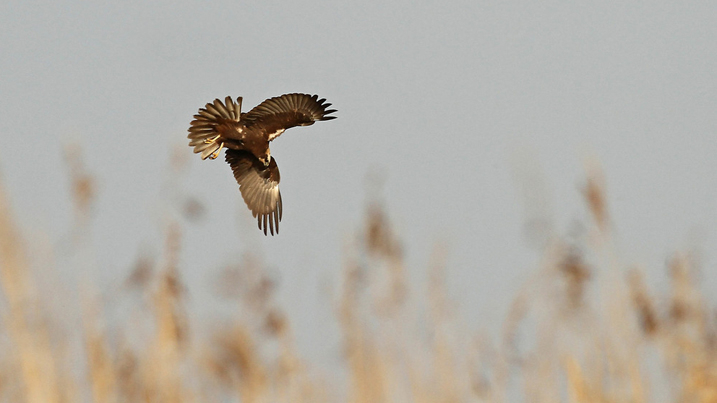Nature reserve
Martin Mere, near Ormskirk, in Lancashire is where wilderness and family-friendliness combine.

A survey in 2002 recorded well over 2,000 different species of birds, mammals, insects, fish, amphibians, reptiles and mini-beasts living in and around the mere which gives the site its name. In addition, the site is a haven for many traditional Lancashire plants, such as the endangered whorled caraway, golden dock, tubular water dropwort, early marsh orchids, the large-flowered hemp nettle and purple ramping fumitory.
But what makes Martin Mere truly world class are the many thousands of migrant wild ducks, geese, waders and swans which over-winter at this Ramsar-rated marshland and especially the spectacular displays of feather and flight provided by huge migrant flocks of pink-footed geese, wigeon and whooper swans.
Spring
Wildflowers add colour to the walkways and meadows whilst spotting for lapwing and redshank; courting birds display their finest plumage and songs.
Summer
Summer is a lovely time to walk amongst the sounds and sights of the wetlands. They come alive with colour and activity! Walk amongst the reedbed walk surrounded by the tall swaying reeds, listen out for warblers singing and watch dragonflies darting along the tracks. Walk through the wildflower walks looking out for orchids, butterflies and frogs.
Autumn
Fungi flourish, falling leaves make kingfishers easier to spy and there’s the awesome sight of thousands of pink-footed geese coming back to the mere for the winter.
Winter
The reserve fills with many more over-winters, including families of whooper swans which are regulars here and, often, a rare species blown in by cold weather, and large migration flocks of wigeon
Find out more about the seasonal wildlife.
Away from the wild reserve, year-round attractions include an otter enclosure, pond dipping zone, an inspirational eco-garden and the opportunity to enjoy close-up encounters with around 100 species of international water-birds as they swim, feed and wander in wetlands custom-designed to mimic their natural homes.
- In this section